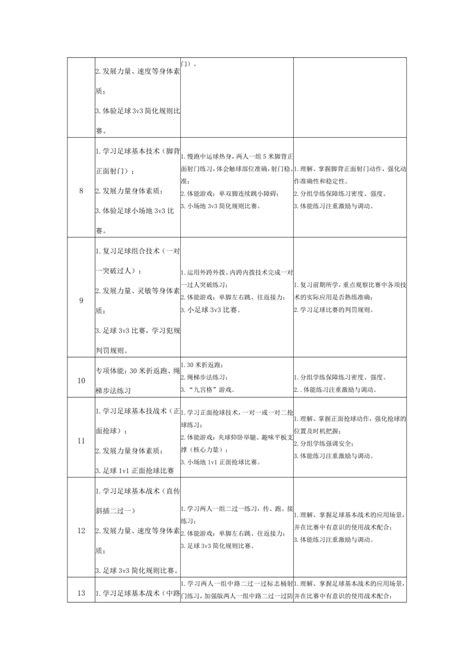Divide the participants into smaller groups or pairs for practice sessions. Assign specific drills or exercises related to the techniques taught earlier. Provide individual feedback and guidance to each participant to help them improve.

By following this structured online sports teaching process, instructors can effectively engage participants, improve their skills, and promote a lifelong love for sports.
Provide additional resources, such as practice drills, educational articles, or online forums, to support the participants' learning outside of the class. Follow up with them regularly to address any questions or concerns they may have.
Before starting the online session, the instructor needs to prepare materials such as instructional videos, diagrams, presentations, and written instructions. These materials should be clear, concise, and easy to understand.
Conclude the session with a cooldown routine to help the participants relax their muscles and prevent injuries. Encourage them to reflect on what they've learned during the class and set goals for future improvement.
Stay updated on the latest trends, techniques, and technologies in sports coaching to enhance your teaching effectiveness. Continuously adapt your teaching methods based on feedback and evolving needs of the participants.
Periodically assess the participants' progress through quizzes, performance evaluations, or video submissions. Solicit feedback from both the participants and their parents/guardians to identify areas for improvement and make adjustments to the teaching process accordingly.
```html
Teaching sports online requires a structured and engaging process to ensure effective learning. Here's a detailed outline of a typical online sports teaching process: